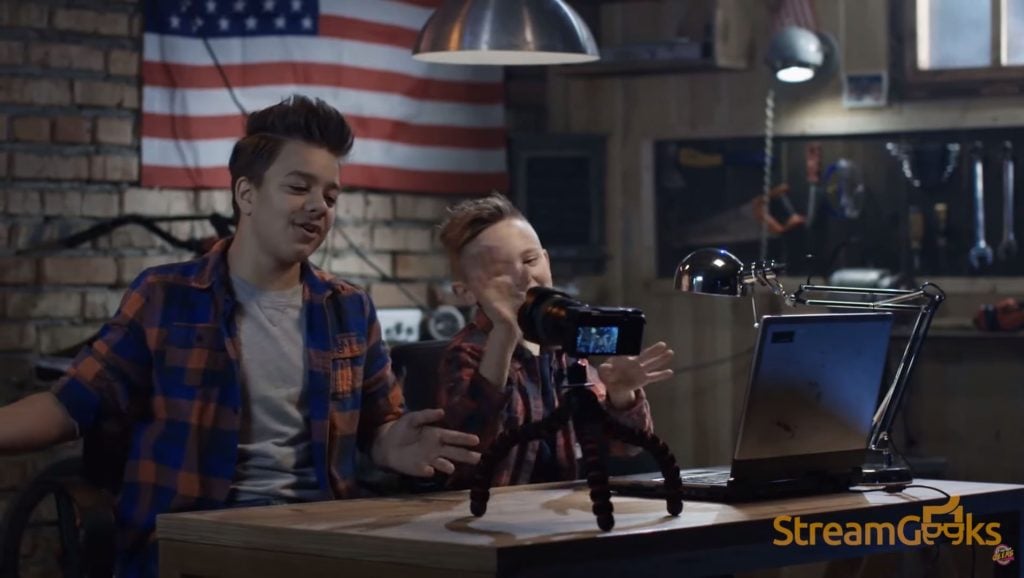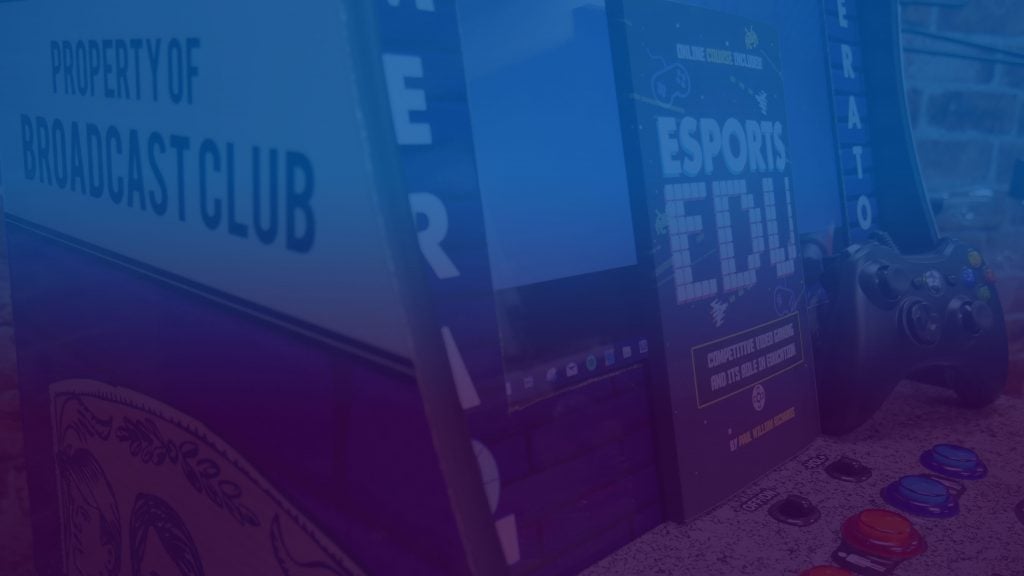Introduction to Accelerated Broadcast Club
Written by Paul Richards on April 29, 2019
The ABC Curriculum
The Accelerated Broadcast Club Curriculum is an outline that Broadcast Clubs can follow to consider high-level questions about student involvement and learning opportunities. The outline includes advice from some of the top broadcast clubs in the United States on topics that range from timing and scheduling to administration’s involvement and support. You should find ABC2 to be a great checklist for your club to review and consider levels of learning that include collaboration tools, graphic design, video production, audio engineering, and video animation/editing.
For example, the SAR High School Broadcasting Club in the Bronx, NYC reviews with us how they use their campus subscription to the Google for Education Suite. The live production team uses Wirecast on a Mac computer for live streaming and recording, but they use also use iMovie and Final Cut Pro in post-production. The club’s usage of online collaboration tools is sure to inspire. Josh Lewis, the club leader, shares his organizational structure which leverages student access to YouTube, Twitter, Facebook, Google Sheets and Google Sites all with structured management and faculty oversight.
Throughout the curriculum, we will discuss how broadcast clubs are extending their involvement with sports teams, drama clubs and distance learning programs. We will discover student roles and provide insights on the “do’s and don’ts” for each major role in the club. The curriculum will include an overview of basic audiovisual principles, cables, and technology which will include cameras, microphones, software, social media, web development, and IP networking. We will leverage the Adobe Creative Cloud for Students and provide tutorials on Adobe After Effects, Photoshop and Premiere. We will also provide in-depth tutorials on the free live streaming software Open Broadcaster Software (OBS), vMix and Wirecast. If your broadcast club is using one of these video production software suites, I will include access to free training courses specific to each.
Once we have reviewed the commonly used software applications in video production, we will move on to basic, intermediate, advanced and expert topics. The basic lessons will include an introduction to audiovisual principles and cables. In this section, we will break down the organizational structure of broadcast clubs and the specific roles members can fill. There will be tutorials for graphics design and animation as it applies to video production that provides basic media knowledge helpful for broadcast clubs students at all levels. The intermediate lessons will include introductory knowledge on bandwidth and video resolutions. This is where students will learn about the building blocks of live video production workflow. The advanced sections will include camera exposure, color matching and audio mixing. Here students will learn how to tune audiovisual equipment and produce highly professional videos in a live environment. Finally, the expert sections will include introductory learning about IP networking and IP video production.
By the end of our course, students will have a better understanding of digital collaboration tools, live streaming workflows, and club management. We will review case studies from the Griswold Elementary School, SARS High School, the Union High School and the University of California. Each school provides insights into the strengths of their programs which include live streaming school sports, student announcements, student training, and social media distribution tactics. I have included the Accelerated Broadcast Club Curriculum outline at the end of this book for your reference. I would also like to note that updates to the curriculum will be maintained online and available at StreamGeeks.us/Curriculum.





